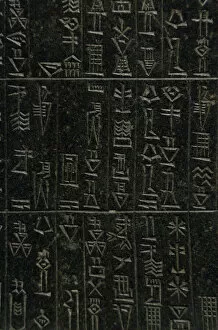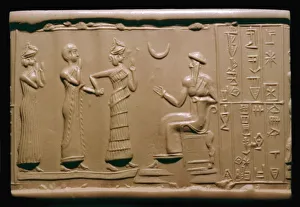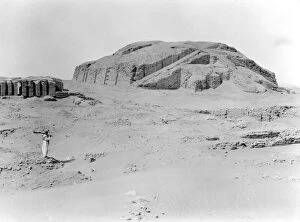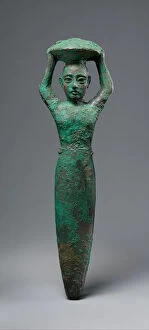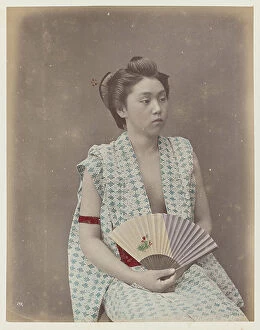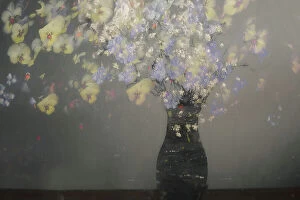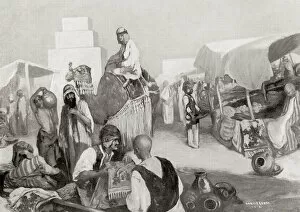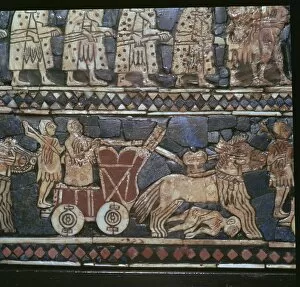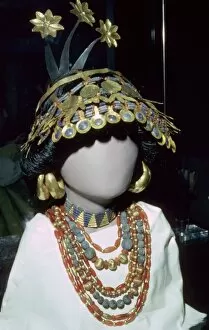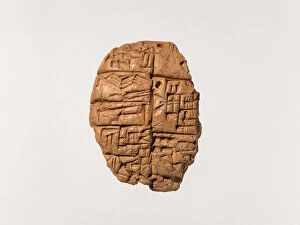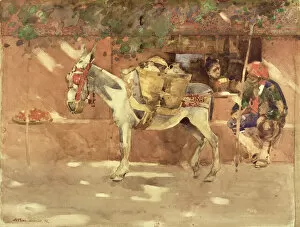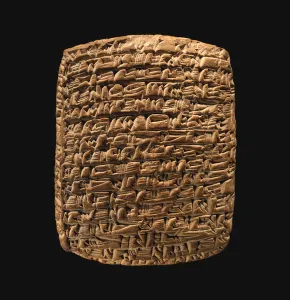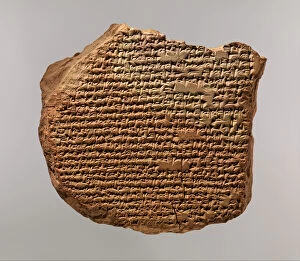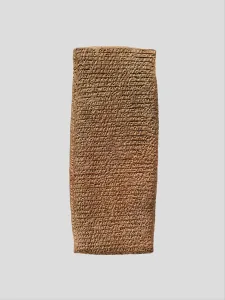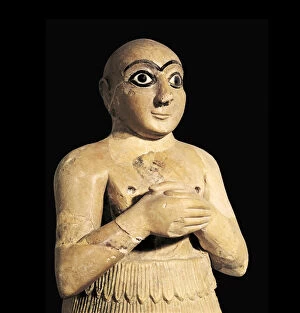Sumer Collection
"Discovering the Ancient Civilization of Sumer
All Professionally Made to Order for Quick Shipping
"Discovering the Ancient Civilization of Sumer: A Glimpse into Mesopotamia's Rich History" Step back in time to the Neo-Sumerian era as we explore the remarkable artifacts that shed light on this ancient civilization. One such artifact is the awe-inspiring statue of Gudea, found in Girsu, Iraq. Dating back to 2120 BC, this masterpiece showcases the artistic prowess and religious devotion of its creators. Another fascinating find is a Sumerian cylinder-seal impression depicting a governor being introduced to the king. This intricate piece provides valuable insights into their political structure and hierarchical system. The ruins of Ur's Third Sumerian Dynasty ziggurat transport us to c2100 BC when these monumental structures dominated the skyline. These architectural marvels were not only symbols of power but also served as sacred spaces for worship. One cannot overlook King Shulgi's foundation figure, carrying a basket made from copper. Crafted between 2094-2047 BC, it symbolizes his role as a provider and protector of his people. An Akkadian inscription on a brick-stamp takes us beyond Sumer itself, highlighting connections with neighboring regions during this period. It serves as evidence of cultural exchange and trade routes that shaped ancient civilizations. Moving further east, we encounter Maharajah Jodhpur's influence in Mesopotamia—a testament to how far-reaching Sumer's impact was across borders and cultures. Delving deeper into daily life activities, we come across an intriguing cuneiform tablet depicting beer allocation—an essential aspect of social gatherings during 2351-2342 BC. This discovery offers glimpses into their culinary practices and communal celebrations. Sumerians' fascination with celestial bodies becomes evident through their jewelry from Royal Cemetery at Ur—crafted around 2600 BC—where they adorned themselves with exquisite pieces inspired by heavenly bodies closer to the sun.

